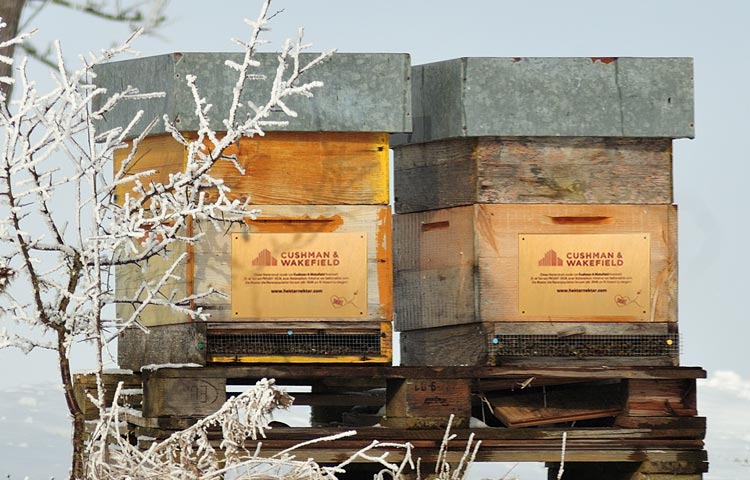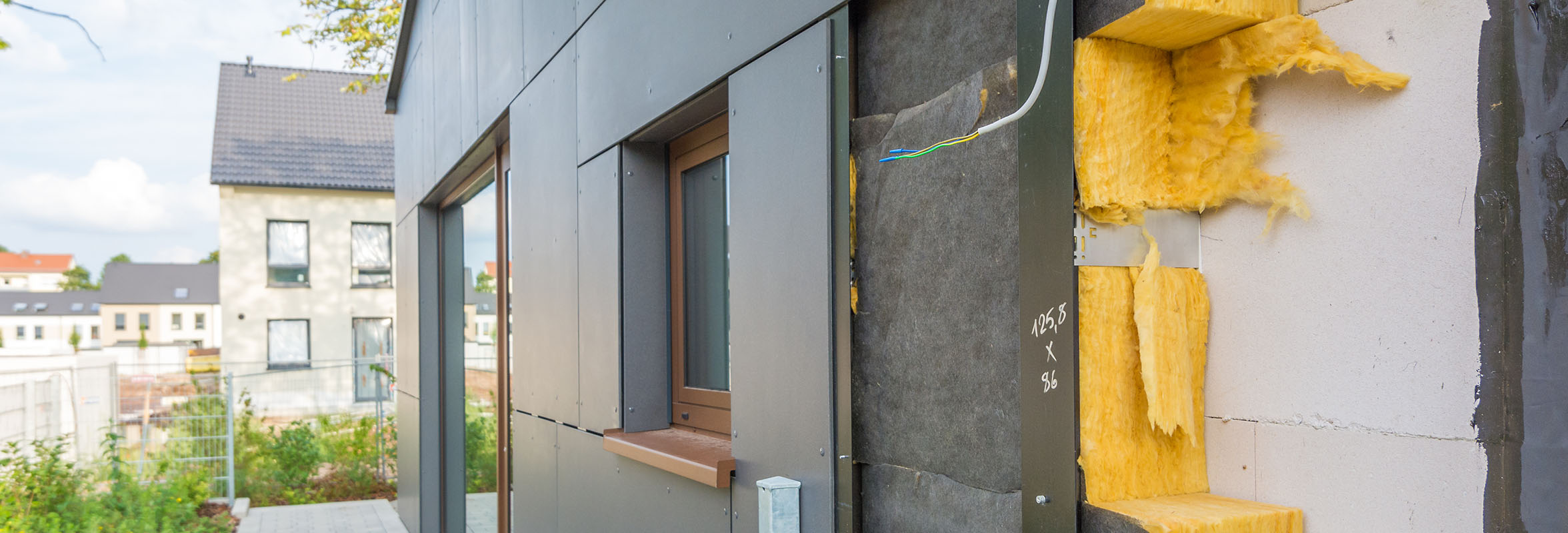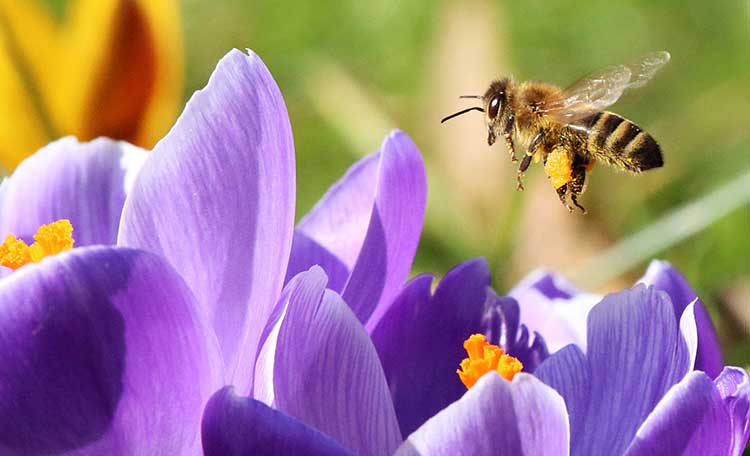The nights are long, the trees are bare and the migratory birds have already flown south. Winter is here. While our daily routine continues as usual, the life of our approximately 500,000 C&W honey bees changes drastically during the cold season.
When the temperature falls to around 8 degrees, the bees huddle together very closely and form a so-called winter cluster. In the middle sits the queen and enjoys pleasant summer temperatures of around 25 degrees. If it gets too cold for a bee in the cluster, it crawls into the middle of the swarm to warm up. They generate the energy by means of muscle contractions. You could almost say they shiver themselves warm. This energy-draining task is performed by young bees that have not yet expended much energy and have built up a fat-protein layer. Under these conditions, they have an extended lifespan and can survive the cold season well.
A nectar-gathering honey bee lives only six weeks in comparison. The old bees do not go into "hibernation" with them, but they take on important tasks for winter preparation. They eagerly collect pollen and nectar for the larder and winter-proof the beehive, carefully sealing every gap with hardened plant resin (propolis) to protect their hibernating family from drafts. This saves energy and increases the colony's chance of survival.












